How to quickly tuck a duvet into a duvet cover?

It is very difficult to quickly tuck a blanket into a duvet cover: you have to fiddle with the clumping and tangled linen for a long time to find the right ends. Sometimes for this you need to try hard, straightening all the folds of a voluminous product. If the female half copes with this successfully, men, not wanting to burden themselves, get by with one blanket, without using a cover. This approach to the design of the bed excludes the hygiene of the rest.

To understand how to quickly tuck a blanket into a duvet cover, you need to know some nuances.
A bit of history
The duvet cover as an element of bedding appeared in the middle of the 20th century. Until that time, it was replaced by a sheet, although it was often not used either. The product was inaccessible: it was made from expensive fabrics, so the rich used it. Half a century later, the duvet cover began to appear in the homes of the poor.

The cost of such models and the quality of the material were noticeably different from their high-class counterparts.
Duvet covers sizes
Blankets can be of standard sizes and adapted to the dimensions of the bed. Most often, the sizes are dictated by GOST, options prepared at home may not adhere to generally accepted norms. The dimensions of the duvet covers are adjusted to the parameters of the duvets.
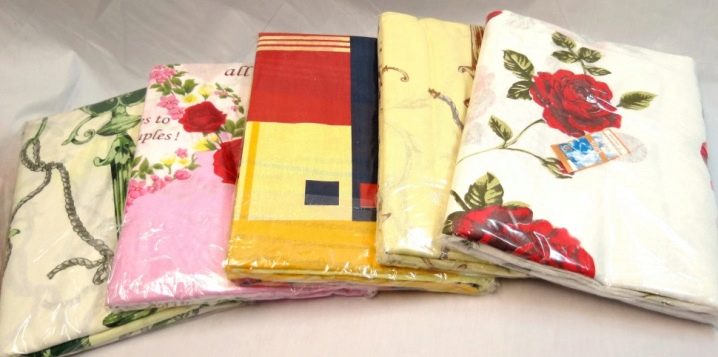
All types of accessories are divided into four lines:
- Single bed. 75x180 cm is the smallest size in this category. The width of the duvet cover varies up to 120 cm, the height is usually about 190 cm. Among all the brothers, such an accessory is less in demand: its width is not comfortable for an adult to sleep (it is more appropriate for a teenager).
- One and a half. 155x215 cm is a popular and frequently encountered "euro-and-a-half" size. 140x205 cm - Russian size according to GOST. Such a duvet cover is more comfortable and is a popular pastel accessory.


- Double (family). The category includes models for two and the parameters "euro" (175x205, 195x215, 220x240, 240x260 cm).
- Children's. 110x140 cm, 125x150 cm - adapted to the size of baby cots. "Teenage" size - 143x210 cm, 150x200 cm.


Each line includes a lot of sizes, which allows the buyer to choose the blanket cover as accurately as possible. When buying, the dimensions of a particular product are taken into account, although ideally the duvet cover should be at least a couple of centimeters larger (it sits down after washing).

Some brands take this nuance into account by adding a few centimeters to the length and width of the product.
Types of duvet covers
This important little thing ensures hygiene, comfortable sleep and warms up the blanket. It protects the blanket from dust and dirt. In addition to the standard varieties, there are variations of the double-sided plan, the top and bottom sides of which are the same, so the product can be turned over either side if desired.

The varieties of models include options that have:
- Bottom cut (Russian manufacturing standard) is a popular type of duvet cover, which is convenient and can be used on both sides. The model is easy to put on using certain tricks, but it has a drawback: if there is no fastener, the blanket strives to leave the duvet cover.
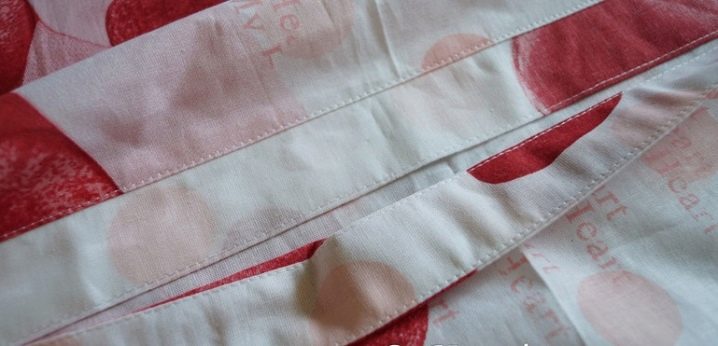
- Side slit - a popular version of a baby blanket, in which the blanket does not fall out of the cover. The variety comes from European countries, is difficult to put on, while the cover hides the entire blanket (if the sizes are chosen correctly, there is no risk of the warm blanket falling out).


- Slit in the middle - Soviet version with a square, rectangular, diamond-shaped hole or a narrow strip in the center. It is one of the difficult products to refuel, and it also involves the use of only one side.
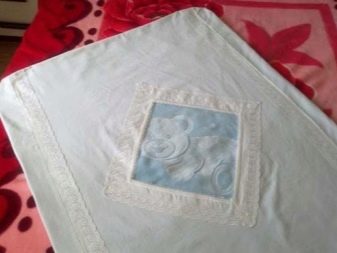
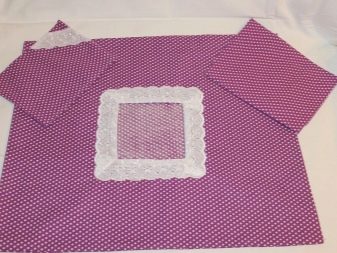
Such varieties are now a thing of the past, giving way to more mobile counterparts.
Refueling methods
Each type of duvet cover has its own way of easy threading.
Ease is achieved with frequent training and the use of life hacks:
- Standard - the well-known method of dressing, in which each corner is inserted separately. Suitable for a cut in the middle. To facilitate the mission, a blanket is placed in the center of the slot, making sure that the corners of the blanket and duvet cover match. This is a method that is unloved among housewives, as the corners creep apart, the blanket gets confused, the help of another person or clamps is required, which takes a lot of time.

- "Pillowcase" - the blanket is spread on the bed, then the duvet cover is turned inside out. Putting your hands from the inside to the corners of the duvet cover, grab the corners of the blanket from the narrow side. After that, the blanket is pulled towards itself, the duvet cover is unfolded in the likeness of a pillowcase on a pillow and shaken. It remains to go in the two remaining corners, straighten and shake the blanket.
The method is suitable for the seams on the bottom and side of the duvet cover (it will be difficult with the side seam if the duvet is large and heavy).

- "Sausage" - a life hack of the Internet from the category of "catch in 60 seconds", which surprises with its simplicity, ease and has a little trick. The duvet cover turned inside out is spread out on the bed, a blanket is laid on top. Starting from the side without a hole, roll up the roll. Holding the corners, turn the duvet cover inside out to put it on the resulting sausage, then unwind and shake it. Life hack is suitable for duvet cover model with a slit at the bottom. The mission is difficult if the cut is small.
This life hack is also suitable for a case with a hole in the middle, but it will be more difficult to refill it. Here you need to wind two "sausages" to the center and unfold each one one after another

.
- "Rhombus" - method for models with a hole in the center in the form of a rhombus or a square. First, the duvet cover is laid on the bed, covering it with a blanket. Tuck in two corners on the narrow side, push the other half of the blanket into the hole further away. All that remains is to grab the tucked-in corners and shake the blanket. It is also possible that half of the duvet cover is turned inside out. In this case, they grab the corners and turn them inside out. Then the procedure is carried out as in the previous method.
You can turn out both sides by alternately putting them on the blanket. In this case, the duvet cover should lie with the opening facing down.

- "Sidewall" - a method in which the blanket is folded into a tube, where the narrow side is considered to be the beginning. The resulting bundle is threaded into the side opening of the duvet cover. The free corners are aligned with the corners of the duvet cover and shaken. If the blanket is heavy, you can help yourself with clothespins or office clips.


Advice
Few people know, but the reason for the difficult threading of the blanket into the cover may be the material of the duvet cover, as well as non-compliance with the parameters of both pastel accessories. We often scold sellers in the release of non-standard products, not paying attention to the dimensions, and we are sincerely surprised that the blanket does not want to fit inside the cover.

To simplify the procedure for putting on a duvet cover, to save nerve cells, it is worth taking note of a few simple tips:
- Use natural fabrics. When inserted, the synthetics will be magnetized, which will slow down the process - the duvet cover will begin to stick to the blanket, rewarding the user with a discharge of static electricity.
- Buy the sizes correctly, respecting the parameters of the blanket. The elements must match each other: a small size will wrinkle and create lumps, in a large duvet cover the blanket will "get lost" and get confused.In this case, the rest will not be as comfortable as possible.

- Do not hurry. It can be difficult to use life hacks on the first try. It is worth practicing to easily adapt to them and put on the duvet cover quickly. If the first time can take you a few minutes, after a couple of tries you will meet the promised 30-60 seconds.
- Secure the double product. If your kids or you are active in their sleep, the blanket packed in a duvet cover will quickly become like a shapeless lump in a bag. Various methods are provided for fixing (for example, ribbons that tie together), however, they should not be extreme (pins or metal clips are not allowed).

- Choose a model with a clasp. Better than other types of duvet covers with a zipper closure. This way, the blanket will not crawl out of its cover, adding inconvenience to users. If the fastening is in the form of buttons, fasten them at an angle (so that they point towards the inside of the duvet cover). This will help you get rid of the unpleasant cold and pressure of buttons, feet and fingers getting stuck in the duvet cover hole. Another modern type of fastener is buttons, they are convenient due to their internal location.
- Convenience. To make it easier to put on, iron the duvet cover with an iron - this is both disinfection and smoothness. Or just shake it well, turn it inside out to make it easier to thread it and cope with the threading process.
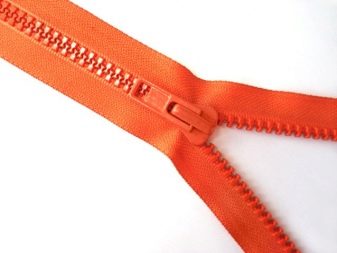

It is difficult to find amateurs tucking blankets into duvet covers. However, there are those who have adapted with the help of simple methods to easy threading. Today, even men can easily and easily put a blanket into a duvet cover.
Thanks to simple life hacks, you can quickly and easily pack a blanket without spending a lot of time and nerves.
You can also learn how to quickly and easily tuck a blanket into a duvet cover from the video below.













The comment was sent successfully.